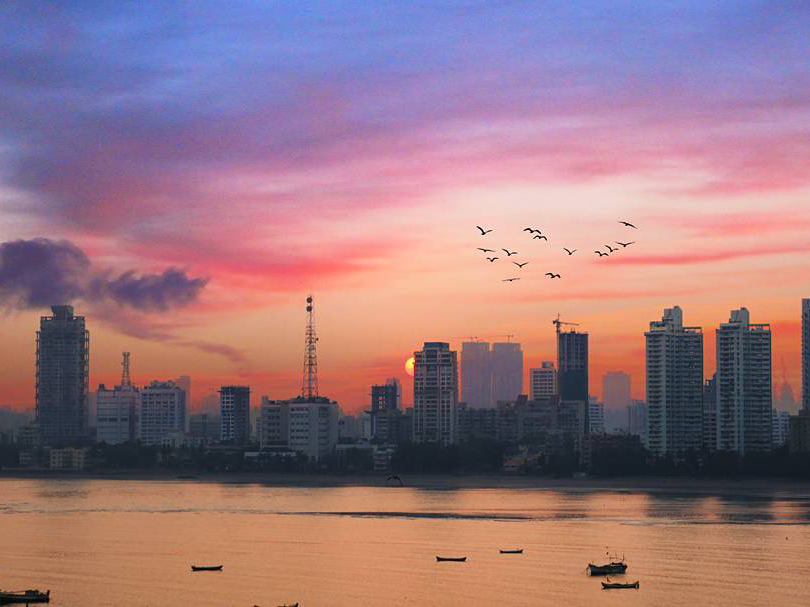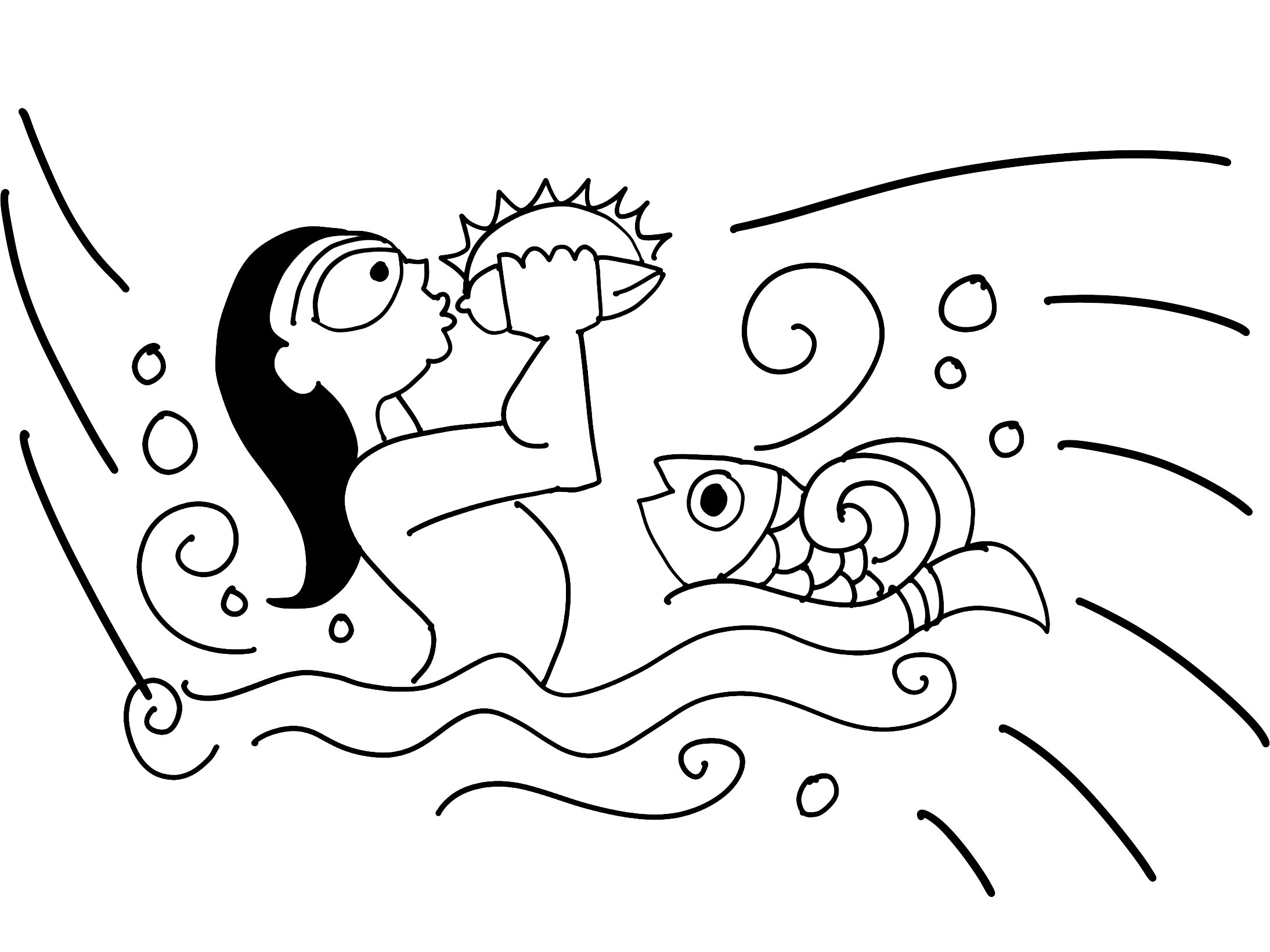Manusmriti, dated to 300 AD, refers to eight ways in which a bride has to be secured. The forms not recommended are those where a father’s control is missing. This involves involve buying a wife (like an asura), abducting a wife (like a rakshasa), using rape (like pisacha), and even using love (like a gandharva). The forms recommended are those where the father is involved, offering the daughter to worthy grooms either one who serves (like a deva), who is educated (like a rishi), who is creative (like brahma) or impressive (like prajapati). Women seem to have little say in these matters. The swayam-vara ceremony seems to be a distant memory in both Mahabharata and Ramayana (composed roughly 2,000 years ago). Fidelity is a great concern.
This may have something to do with the fact that the genetic and cultural practices of India reveal periodic immigrations by men (indicated by different types of Y chromosome in the subcontinent) who marry local women (indicated by the same mRNA or mitochondrial chromosome across). The women came to India as part of the Out of Africa migration about 50,000 years old. Their legacy is the retroflex sounds () that is part of the Indian language. The immigrant men came much later.
First came Iranian farmers about 10,000 years ago who introduced farming and sparked the agricultural revolution and the rise of Harappan cities. The Harappans eventually migrated from Indus to the South around 4000 years ago. Then came the Aryan who came from west of Hindukush, with horses, about 3,000 years ago and gradually settled in the Ganga river basin. Finally the Mundas with rice-farming techniques came from Southeast Asia about 3,000 years ago, same time as Aryans, and spread across Odisha, Bengal and Central India. Later, there were Indo-Greeks, Scythians, Turks and Afghans who also married local women. Few immigrants came with wives. It was only the British who strictly segregated their men from local women and imported British wives for them.
The men who came were adventurers, men with little prospects in their homeland, men who had no wives and were looking for a new home. These men found refuge in India. They procured wives (sometimes willingly, sometimes by force). Earlier it seems, along coasts, and even in Harappa, women stayed with their parents, and her children belonged to her. Hence, the origin of Kula-devis (clan mothers) in many clans across India. Later, Aryans brought patriarchy, and women had to go to the husband’s house and her children became his children, his faith became their faith. Many village guardians are moustachioed men on horses.
Along with genetic diversity, men introduced cultural differences. Regions with Aryan gene prevalence can easily digest milk and tend to speak Indo-European languages. Regions in the South, where the Harappans migrated speak the Dravidian language (two forms of the word “we”, for example) and prefer curds to milk. In the East, language patterns change (verbs do not have gender) indicating Munda influence. So, the different fathers established different genetic patterns and cultural patterns in a common substratum of genetically similar mothers.
Male scholars focus on fathers not mothers, when talking about Indians. While fathers of the current Indian population may have come from beyond mountains and seas, on horses or ships, the mothers were always here, teaching retroflex sounds () to newborns of mixed blood.











